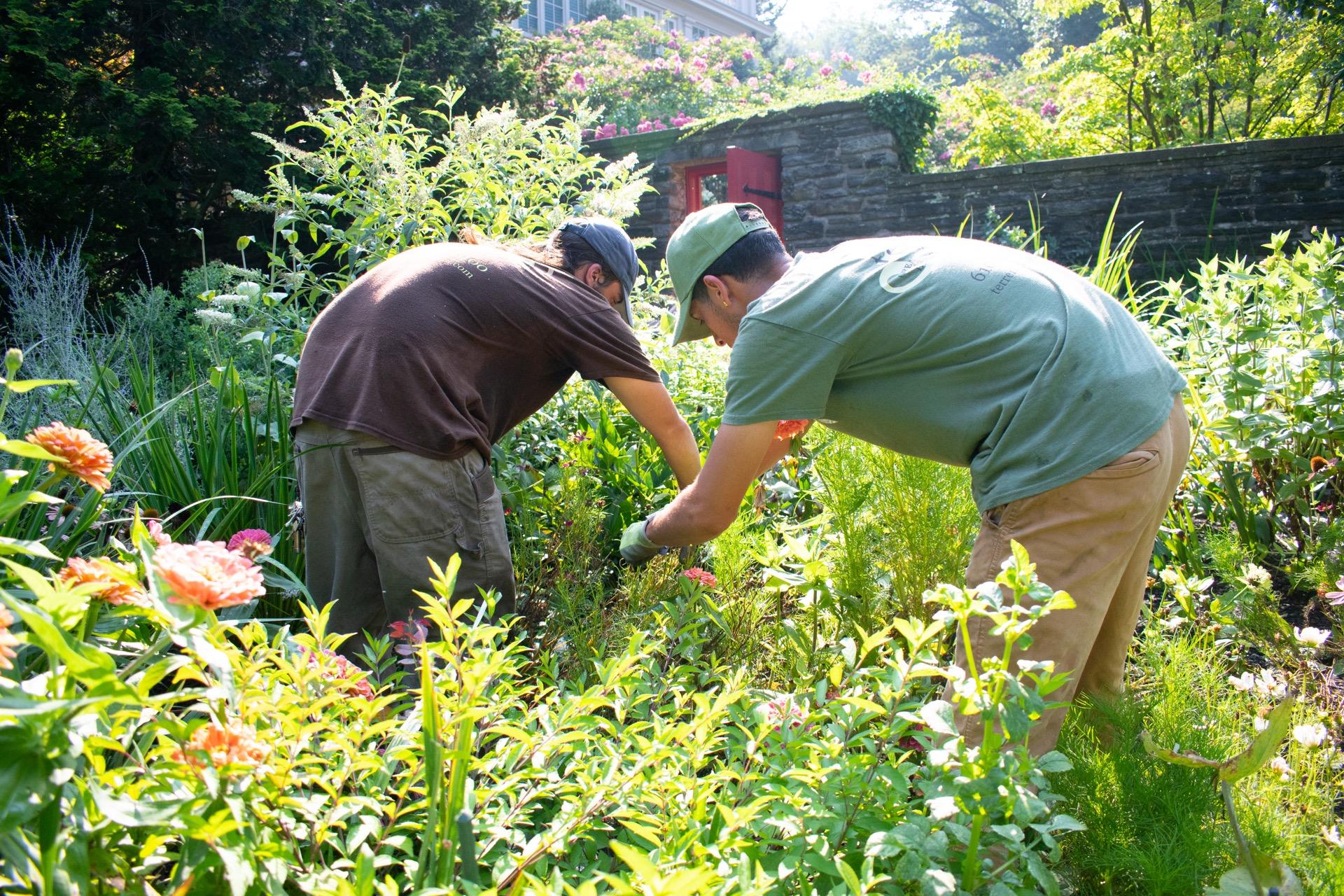Before paved roads and transcontinental railways there were serious problems with winter travel. And that’s putting it lightly. While an occasional brave soul might have journeyed from home with snow on the ground, your average settler stayed close to their fireplace and far from America’s rough, unestablished system of dirt roads and mountain passes. For them, winter meant closing shop.
Unfortunately, none of the modern conveniences we enjoy now—Netflix, delivery services, toaster ovens, etc—were available to them in those times. And even more, the public servants we take for granted—priests, doctors, judges—were few and far between in newly-established towns, if they existed at all. So for many, basic services like funerals, baptisms, and marriages had to be delayed until the ice thawed and spring showed its face. How did they know when that would be without a groundhog and its shadow, or weather channels, like we have now? Well, they used the serviceberry.
With one of spring’s earliest, most-vibrant blooms, the plant was a popular indication of winter’s passing and the coming of priests from far-off, who could finally perform the much-needed services for our early settlers. It’s no surprise then how Amelanchier Canadensis—the plant’s scientific name—became known colloquially as the serviceberry. It’s a folklorish explanation, but interesting nonetheless. And the plant’s other names are too: shadblow/shadfly (because it fruits in June when the shad swim into the rivers), sugarplum, and juneberry—just to name a few.
Interesting as its nomenclature is, the best thing about the serviceberry is not its history, but its beauty and function. Its lush white flowers provide excellent scenery that landscape designers and architects love, and the sweet and plentiful fruit it produces every summer is a delicious offering for both humans and animals alike. Its benefits also include extraordinary support for our ailing population of pollinating bees and abundant sustenance for a very happy sampling of almost every feathery friend around. In short, the serviceberry is a gorgeous, essential part of our native environment with a great history that’s a joy to share.
If you’re interested in adding the serviceberry to your landscape, you’re in luck: it’s a hardy, disease and pest resistant plant that thrives in hardiness zones 4-8. We strongly recommend adding it to your garden or mixing it in with a section of trees if you’ve got them. There are many ways to get your hands on one—but be advised that seeds and cuttings are difficult to nurture and may take years to flourish. Your best bet is most definitely with a young, nursery grown specimen already past its initial growing pains.

Let us know if you’ve got any questions, comments, or would like to talk about getting one of these beautiful native plants on your landscape this year!




